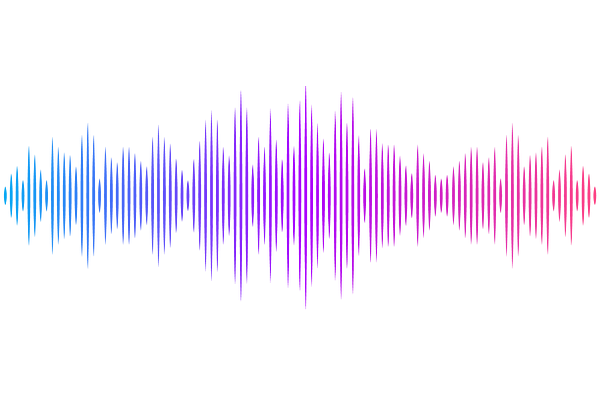Tenotomized Achilles tendons of MRL/MpJ mice show scar-mediated healing, but have superior recovery of biomechanical properties

Tenotomized Achilles tendons of MRL/MpJ mice show scar-mediated healing, but have superior recovery of biomechanical properties
Tang, N.; Wilson, K.; Weldemarian, M. M.; Tian, H.; Hart, C. D.; Rammath, P.; Sivalingam, D. S.; Glazier, J.; Jiang, J.; Leong, N.; Lowe, T.; Kane, M. A.; Iwamoto, M.; Kuo, C. K.; Enomoto-Iwamoto, M.
AbstractTendon healing in Murphy Ross Large (MRL/MpJ) mice was examined using an Achilles tendon tenotomy model, a clinically relevant but more severe model compared to a patella focal injury model in which tendons in MRL/MpJ mice showed regenerative healing. After complete transection, the Achilles tendons of MRL/MpJ mice healed via scar formation regardless of sex, similar to those of C57BL/6J mice. Tensile testing found that MRL/MpJ male exhibited higher Achilles tendon stiffness and Young\'s modulus than C57BL/6J males after 4 weeks of healing. Proteomics analysis revealed similar alterations to signaling pathways in injured tendons of MRL/MpJ and C57BL/6J mice during the remodeling phase of healing, 4 weeks after injury. Among the altered pathways, actin cytoskeleton and integrin signaling pathways were two of the top pathways that were more prominently activated in C57BL/6J males than in MRL/MpJ males. These findings indicate that tendons of MRL/MpJ mice do not regenerate when severely injured, but still have better recovery of mechanical properties. Control of actin cytoskeleton and integrin signaling pathways may be important in improving the mechanical properties of injured tendons.